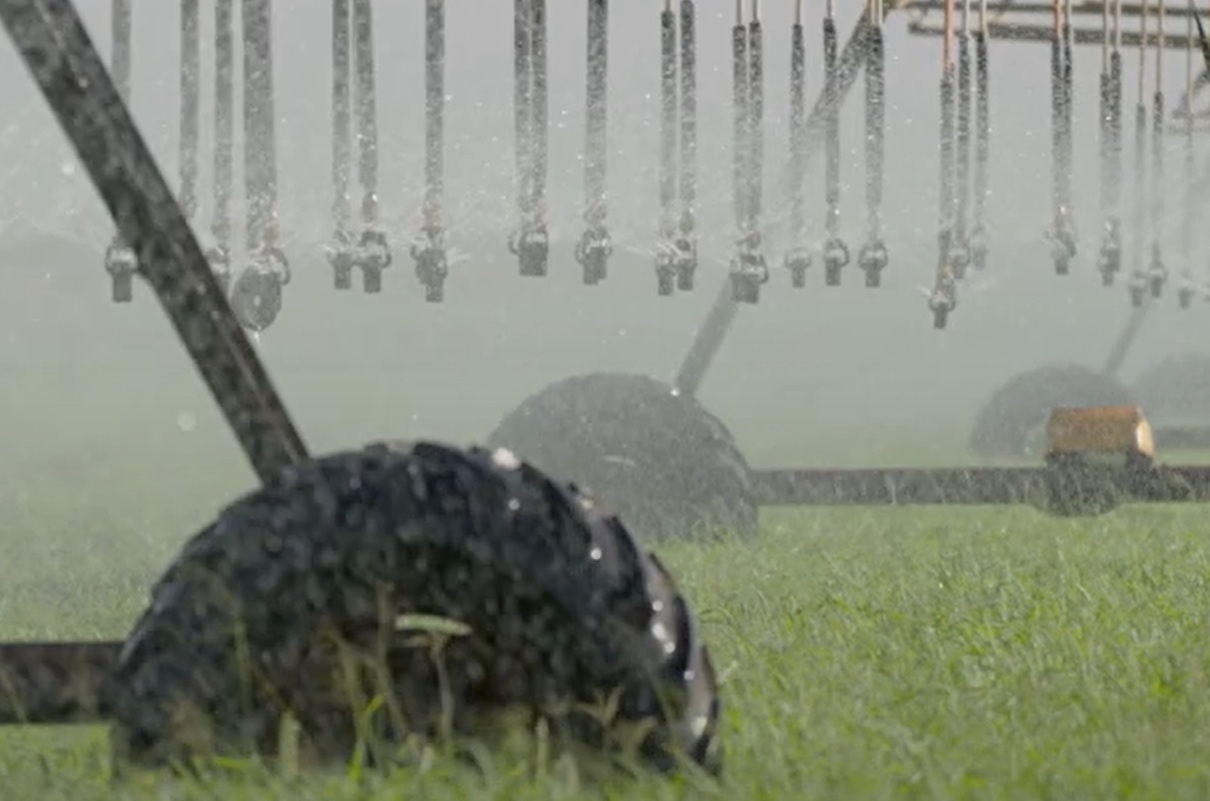Turning leaf into beef – Part 2: Best management practice

Turning leaf into beef? Direct grazing or ‘stand and graze’ of irrigated pastures in northern Australia can be highly productive. The combination of warm temperatures year-round, high solar radiation, plus water and nutrients is a recipe for very high pasture growth rates. However, the sweet spot for optimal feed quality and yield is narrow. Both under-grazing and over-grazing cost cattle growth rates and the bottom line. Therefore, management is key to successfully and profitably grazing irrigated pastures in northern Australia.
The Northern Beef Project has developed a series of videos to highlight best management practice for grazing irrigated pastures. Part 2 – ‘Best Management Practice’ discusses the importance of preparing a grazing plan and adhering to established grazing guidelines, which include careful monitoring of entry and exit points. It also emphasizes the importance of identifying the critical stage when grazing may be detrimental to both the pasture and cattle liveweight gain and highlights accurately calibrating visual estimates of feed-on-offer (FOO) to inform decision-making.
This video features Dr Kevin Bell and Carla Milazzo. Carla is a Broome-based Development Officer specialising in pastoral irrigation, working across the West Kimberley and Pilbara regions. She is currently working on the Pastoral Irrigation Agriculture project, which aims to tailor northern production systems to meet various needs—from providing standing feed for grazing cattle to producing fodder to maintain livestock condition or high-quality feeds for more intensive operations.